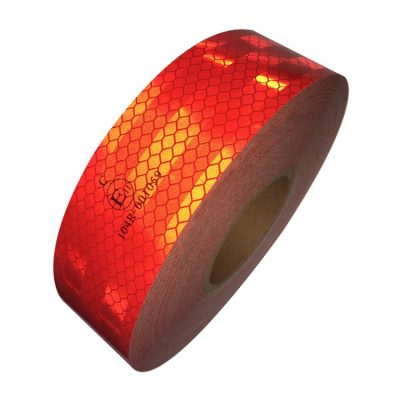Understanding crossing light symbols is crucial for pedestrians, cyclists, and drivers to safely navigate road intersections and crossings. These symbols are typically displayed on traffic signal lights and pedestrian crossing signals to communicate when it’s safe to cross, when to wait, and when to stop. Here are some common crossing light symbols and their meanings:
- Green Light (Walking Person): This is the most straightforward symbol. When the green light, often depicted as a walking person, is illuminated, it signals to pedestrians that it’s safe to cross the road. Walk briskly, but continue to watch for turning vehicles.
- Flashing Green or Countdown Timer: In some locations, instead of a steady green walking person, you might encounter a flashing green light or a countdown timer. This indicates that pedestrians should continue to cross if they have already started but should not begin crossing if they haven’t. The countdown timer shows how many seconds remain until the signal changes to red.
- Red Hand or Don’t Walk: When the red hand symbol is displayed, it means pedestrians should not start crossing the road. If you are already in the middle of the road when the red hand appears, continue crossing if it’s safe to do so, but do not start from the curb. The red hand signals that it’s time to wait for the next green signal.
- Flashing Red Hand: A flashing red hand typically indicates that the pedestrian signal is about to change to a solid red hand. Pedestrians who have not yet started crossing should wait, and those who have started should finish crossing quickly if it’s safe.
- Flashing Yellow Arrow: Some traffic signals use a flashing yellow arrow for turning vehicles. This indicates that vehicles may turn left (or right, depending on the location) but should yield to pedestrians in the crosswalk.
- Blank or Dark Signal: In some situations, you may encounter a signal with no symbols illuminated. In such cases, treat the intersection as if there were no pedestrian signals, and follow standard traffic laws and pedestrian rules.
It’s important to note that the specific symbols and their meanings may vary slightly from one location to another. Always pay attention to any signs or instructions posted near the signal, as they can provide additional information or exceptions to the standard rules. Additionally, remember that pedestrian signals are designed to work in conjunction with traffic signals, so always be aware of the vehicle traffic signals as well to ensure your safety when crossing streets.
























